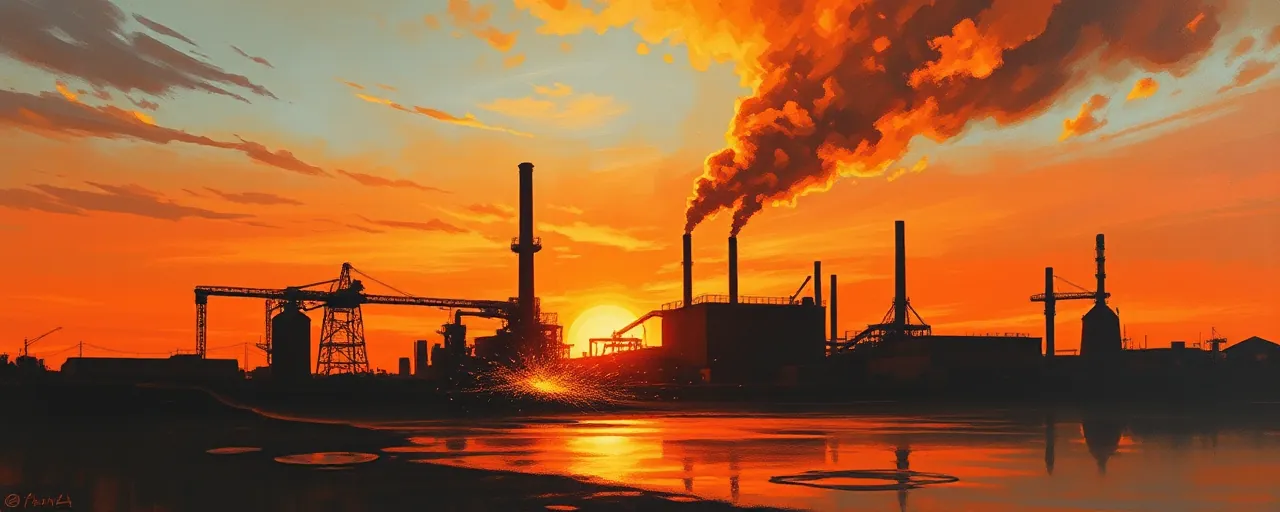A Bold Move Echoes Past Promises
On April 2, 2025, the White House unveiled a sweeping plan to impose tariffs on imported goods, aiming to bolster American workers and businesses. President Donald J. Trump, back in office, framed the move as a long-overdue fix to uneven trade practices, vowing to level the playing field. The announcement sparked instant reactions, from cheers in steel towns to furrowed brows in corporate boardrooms. It’s a high-stakes gamble, one that hinges on reviving domestic industries without tipping the economy into chaos.
This isn’t Trump’s first dance with tariffs. During his initial term, he rolled out similar measures, slapping duties on steel, aluminum, and billions in Chinese imports. Back then, the results stirred debate, and today’s policy reignites that same fire. Supporters see a chance to bring jobs home; skeptics warn of rising costs and global backlash. With the U.S. economy at a crossroads, the question looms: will history repeat itself, or has the game changed?
Jobs on the Line: What the Numbers Say
Evidence from Trump’s first term offers a mixed picture. A 2024 study found those earlier tariffs boosted U.S. manufacturing, particularly in steel production, with companies announcing over $15.7 billion in new investments and creating 3,200 jobs. The Economic Policy Institute noted improved output and employment in the steel sector after 2018, with no clear link to inflation. In Minnesota, iron ore miners hailed the tariffs as a lifeline, crediting them for steady wages and local growth.
Yet, the gains weren’t universal. Manufacturing employment nationwide barely budged between 2020 and 2025, hovering around 12.76 million workers, despite an 11% jump in sector GDP. Higher costs for imported materials like auto parts squeezed downstream industries, stalling hiring. The Institute for Supply Management reported a dip in manufacturing activity in March 2025, hinting at broader struggles. For every steel job gained, others in construction or automotive sectors quietly faded, a trade-off that’s hard to ignore.
Price Tags and Pocketbooks
Tariffs often mean pricier imports, and that’s where the consumer comes in. A Federal Reserve Bank of Boston model warns that steep duties, like 60% on Chinese goods, could push core inflation up by as much as 2.2 points. Goldman Sachs predicts a climb to 3.5% by late 2025, hitting essentials like cars and building supplies. Lower-income families, already stretched thin, feel the pinch most as everyday goods creep out of reach.
Not everyone agrees the sky’s falling. Janet Yellen, former Treasury Secretary under Biden, argued last year that tariffs don’t necessarily hike prices for Americans. Data from Trump’s first term backs her up to a point; the Economic Policy Institute found only a fleeting impact on costs after 2018. Still, today’s broader tariff plan, including a proposed 10% global rate, could shift the calculus. A 2024 analysis claims it might grow the economy by $728 billion and lift household incomes 5.7%, but only if inflation stays in check.
Global Ripples and Retaliation Risks
Beyond U.S. borders, the tariff push is rattling trade partners. China’s already slapped 10-15% duties on American machinery and energy exports, while tightening its grip on critical minerals. The European Union is drafting a tough response, eyeing U.S. autos. Canada and Mexico, tied by the USMCA trade deal, hint at their own countermeasures. These moves echo the tit-for-tat of Trump’s first term, when China hit U.S. soybeans and the EU targeted bourbon, shaking up supply chains.
History offers a stark lesson. The Smoot-Hawley Tariff Act of 1930 slashed global trade by nearly half, deepening the Great Depression. Today’s interconnected markets amplify the stakes. Retaliation could choke U.S. exports, disrupt tech industries reliant on foreign parts, and spark diplomatic friction. Advocates argue tariffs force fairer trade terms, but the Atlantic Council warns that missteps might just drive consumers to buy American at a steeper cost.
Voices in the Debate
Public opinion splits down the middle. A recent survey shows 56% of Americans reject tariffs on Mexican goods, and 61% oppose them on Canada, yet 55% back duties on China. Inflation worries top the list, with seven in ten fearing price hikes across the board. Media outlets amplify the divide; early warnings from PBS and NPR in 2018 about trade wars proved overblown, yet today’s coverage still leans on recession fears. IndustryWeek, meanwhile, cheers steel’s resilience, spotlighting billions in new mill investments.
Weighing the Trade-Offs
The tariff revival lands at a pivotal moment. Domestic steel and aluminum producers stand to gain, with output and jobs ticking up as imports drop. Yet, the ripple effects, higher costs for manufacturers, sluggish hiring, and global pushback, temper the optimism. Data suggests a delicate balance: targeted tariffs can spark growth in specific sectors, but blanket policies risk tipping the scales toward inflation and trade strife.
For everyday Americans, the outcome hinges on execution. Will factories hum with new jobs, or will grocery bills climb faster than paychecks? The White House bets on the former, pointing to past wins. Critics, armed with fresh data, caution against overreach. As the policy unfolds, its real-world impact will cut through the noise, revealing whether this bold play delivers prosperity or just more headaches.
